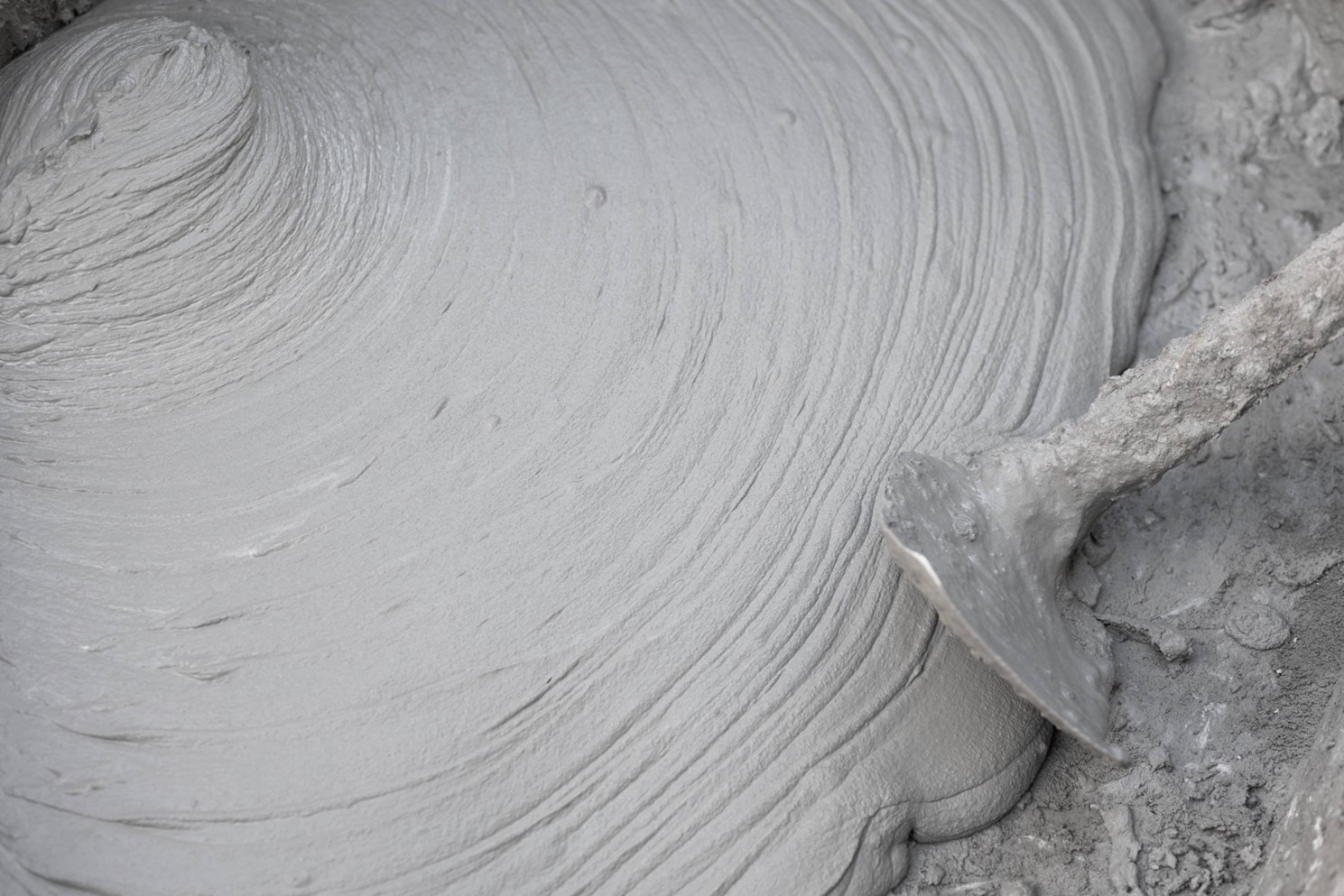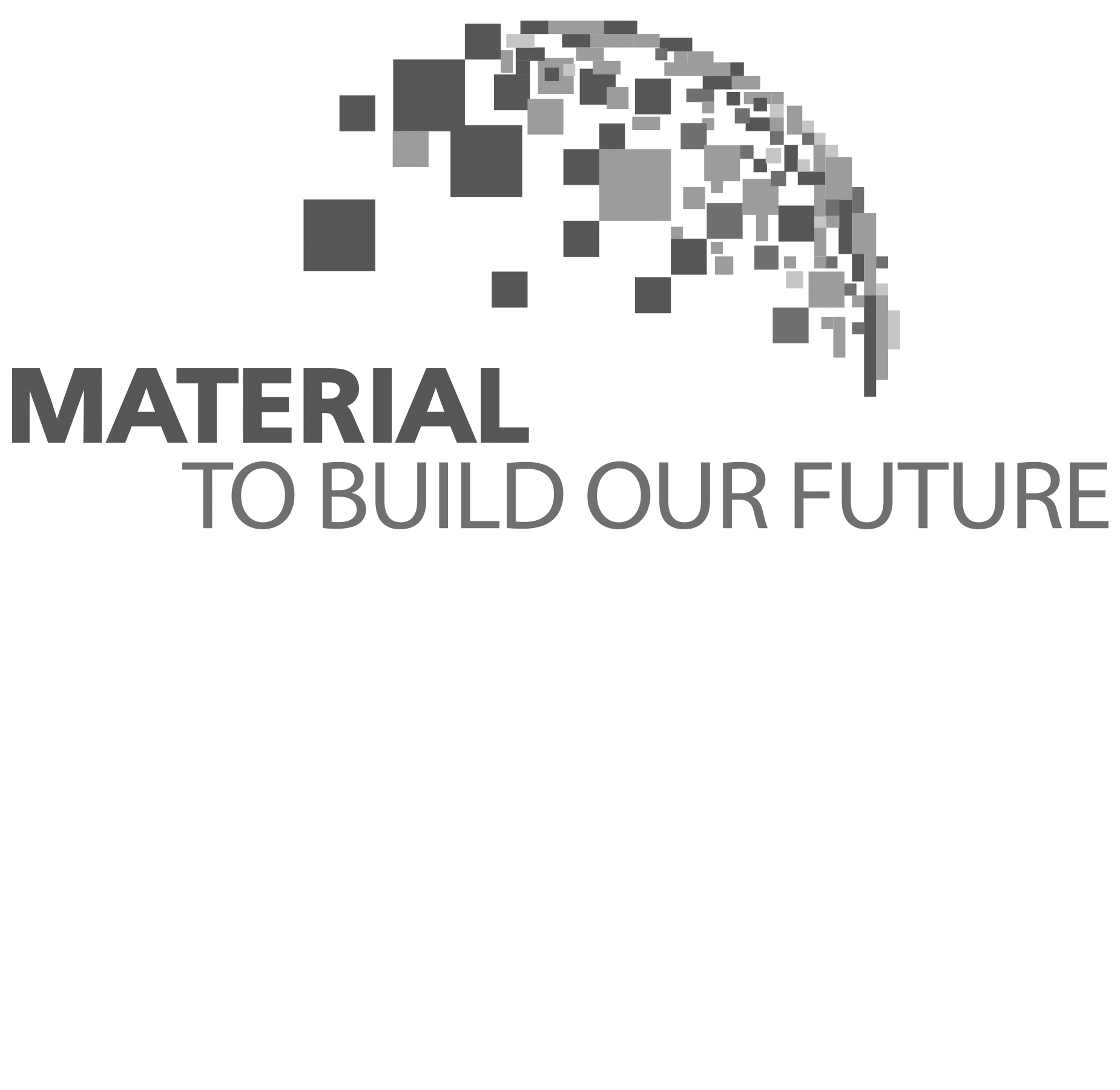
Concrete, Cement, and Mortar: Sorting Out Their Distinctions and Practical Uses
Understanding the distinctions between concrete, cement, and mortar is crucial for selecting the ideal material in construction projects.
Concrete, Cement and Mortar Uncovered: How They Differ and When to Use Each
When referring to construction supplies, the words "concrete," "cement," and "mortar" are sometimes used interchangeably. Despite their similarity, these words refer to different substances with distinct properties and applications.
It is imperative to understand their differences in order to effectively use them for their intended purposes. This post examines the distinctions between these materials, their compositions, and their diverse applications.
a. Cement
Combining limestone, clay, and other elements creates fine powder cement. Cement is frequently used in construction for buildings, bridges, roads, and infrastructure projects due to its exceptional compressive strength and durability.
It also strengthens and stabilizes structures to produce precast items, including pipes, blocks, and panels.
b. Concrete
A composite material known as concrete comprises cement, water, aggregates and admixtures.
Due to its capacity to build structural components like foundations, walls, and slabs, concrete is frequently employed in construction.
Its flexibility to be shaped into various shapes and sizes enables design freedom. With its excellent compressive strength, concrete is a reliable choice for infrastructure and building projects.
c. Mortar
Mortar is a mixture of cement, water, fine aggregates (such as sand), and sometimes admixtures. Unlike concrete, mortar typically does not contain coarse aggregates.
The purpose of mortar is to bind masonry units, such as bricks or stones, together to create a solid structure. The components are mixed in the correct ratios during production to obtain the necessary consistency.
Difference between Cement, Concrete and Mortar
Despite being distinct materials with different compositions, qualities, and applications, cement, concrete, and mortar are frequently used interchangeably.
Anyone working on construction or home improvement projects must understand these three phrases' distinctions. Let's investigate each of them in greater depth.
Cement
Composition and Manufacturing
Limestone, clay, and other ingredients like shale or sand combine to create fine powder cement.
When these basic materials are fired to high temperatures in a kiln, a chemical process known as calcination occurs. A cement manufacturer creates it by grinding the resultant clinker into a fine powder.
Properties and Applications
Primarily used as a binding agent, it goes through a chemical process called hydration, which makes it harder to bond with other substances.
It is frequently used in infrastructure projects like bridges and roads. Cement is additionally used to produce precast concrete goods like pipes, blocks, and panels.
Concrete
Composition and Manufacturing
Cement, water, aggregates (such as sand, gravel, or crushed stone), and occasionally admixtures are the main components of concrete.
The combination is made stronger and more stable by the aggregates. The components are combined throughout the production process in the specified ratios.
Properties and Applications
Concrete is recognized for its strength, resilience, and versatility. It can be employed in structural applications due to its high compressive strength.
The foundations, slabs, walls, columns, and other structural elements of infrastructure and structures are usually made of concrete.
It allows for flexibility in design because it can be molded into many forms and sizes. Its aesthetic appeal can also be improved by applying decorative treatments.
Cement suppliers and companies such as Hanson Malaysia offer ready-mix concrete, also called ready-made or premix concrete, and deliver it to construction sites, offering convenience and reliable quality.
Mortar
Composition and Manufacturing
Mortar is made from cement, water, fine aggregates (like sand), and occasionally admixtures. Unlike concrete, it usually doesn't include coarse aggregates. The ingredients are mixed in the proper ratios throughout the manufacturing process for consistency.
Properties and Uses
Mortar joints are masonry components, such as bricks or stones, that form sturdy structures. It has high bonding abilities due to its adhesive qualities.
Mortar offers superior workability and cohesiveness despite having a lower compressive strength than concrete.
Construction projects frequently use it to lay bricks, stones, or blocks, filling spaces between masonry units for stability and moisture avoidance. Mortar offers a smooth and level surface and is also used for rendering and plastering walls.
Final Takeaways
All in all, cement, concrete, and mortar are related building materials, but their compositions, qualities, and uses differ. Both concrete and mortar employ cement as a binding agent.
In contrast, concrete combines cement, water, aggregates, and occasionally admixtures to make a strong and adaptable material used in various structural components.
On the other hand, mortar, used to bind masonry units together, is a mixture of cement, water, fine aggregates, and occasionally admixtures.
Understanding the differences between various materials is crucial for selecting the best option for each building project and ensuring the highest performance and durability.
Hanson Malaysia, a leading cement manufacturer, is the market leader and the largest producer of aggregates, asphalt, and ready-mix concrete (a.k.a. ready-made concrete or premix concrete).
For further information, please feel free to get in touch with our friendly personnel.
